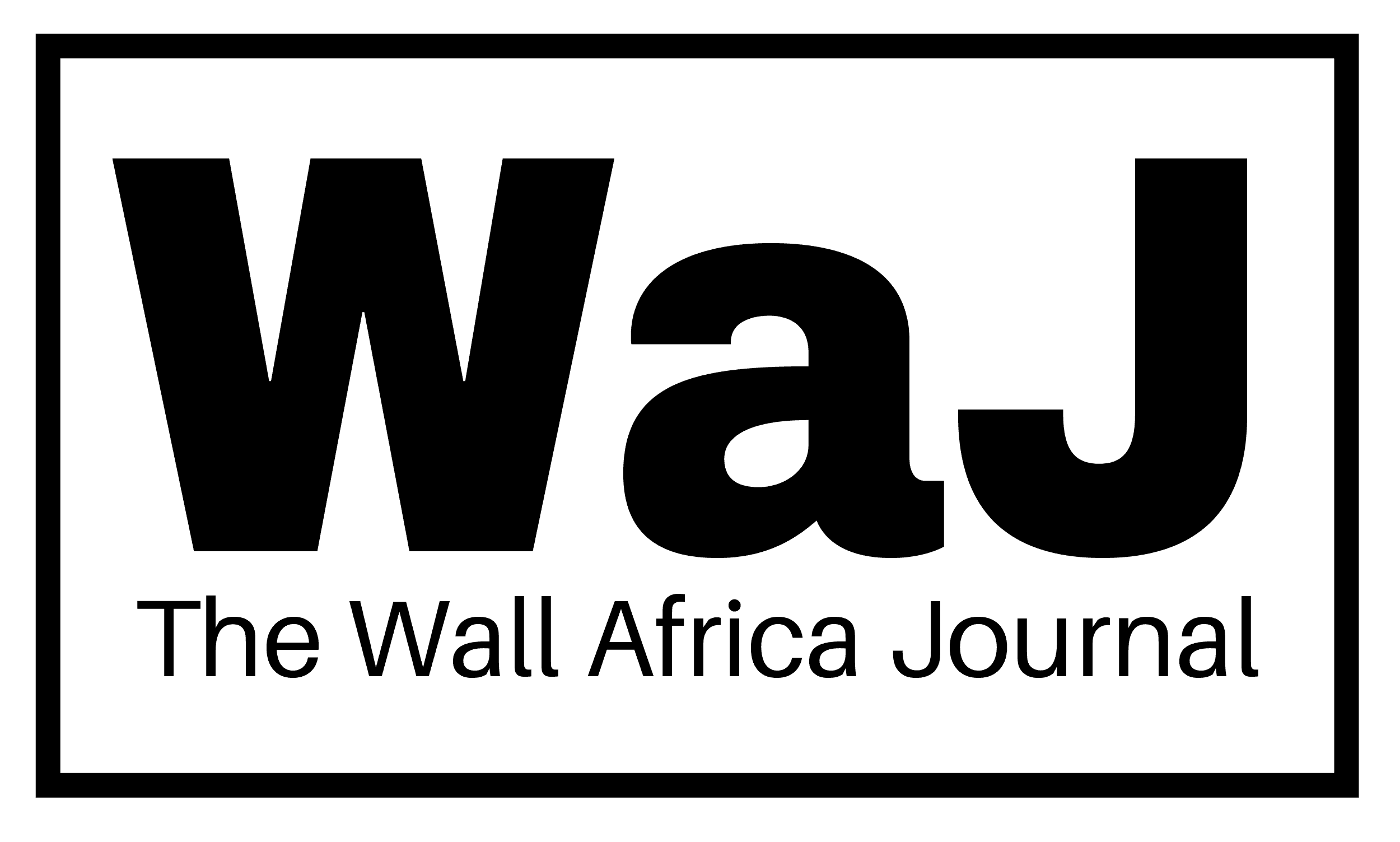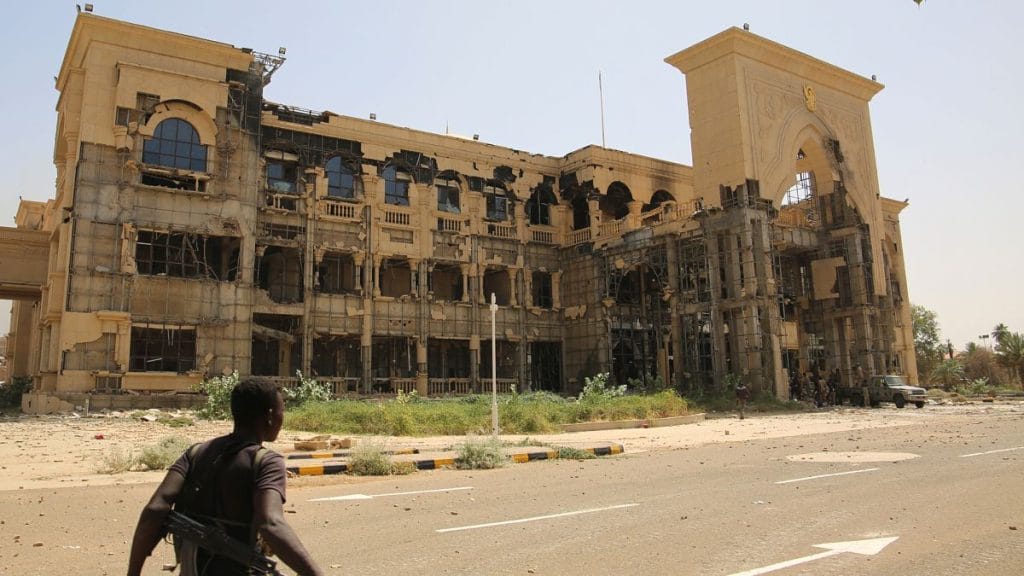Sudan’s brutal civil conflict took another violent turn as the Rapid Support Forces (RSF) shelled the presidential palace in Khartoum on Thursday, marking their second major strike on the capital within a week. The artillery attack, launched from al-Salha neighborhood across the White Nile, highlights the paramilitary group’s persistent threat despite losing control of the city last month.
No casualties were immediately reported, but the shelling signals growing pressure on the army, which has struggled to maintain its grip on Khartoum and other strategic zones. Just days earlier, the RSF bombarded the army’s General Command headquarters in the city.
The RSF and Sudanese Armed Forces have been locked in a devastating war since April 15, 2023, plunging the nation into one of the world’s worst humanitarian disasters. Over 13 million people have been displaced and tens of thousands killed, according to international estimates.
In western Sudan, the situation is equally dire. The RSF claims to have captured the town of el-Nuhud in West Kordofan—a critical supply route to the embattled city of el-Fasher in North Darfur. If true, this would further isolate government troops and allied militias trapped under siege in el-Fasher, the last major city in the region under army control.
Meanwhile, the UN reports at least 542 civilian deaths in North Darfur in just the past three weeks. “The horror unfolding in Sudan knows no bounds,” said UN human rights chief Volker Türk in a statement.
As RSF forces intensify their assault, they have also taken over nearby camps for internally displaced people, triggering the mass flight of already-starving civilians. The ongoing violence underscores the fragmentation of Sudan, with the army holding parts of the north, east, and center, while the RSF dominates much of the west and south.
Despite mounting international concern, diplomatic efforts remain stalled, leaving millions of Sudanese in desperate need of food, shelter, and safety. The battle for el-Fasher and fresh shelling in Khartoum suggest that both sides are bracing for a prolonged and bloodier phase of war.
What’s Next?
With no ceasefire in sight and humanitarian corridors under constant threat, the prospects for peace remain grim. The international community faces growing pressure to respond more forcefully before the conflict spirals further out of control.



